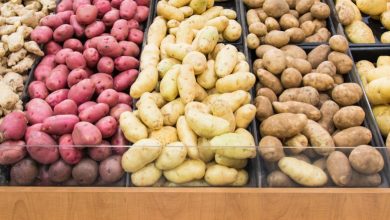How to make an Ecological Garden: Useful Guide. What is a Sustainable Garden

If you want to make an organic garden at home but have no idea where to start, keep reading. Today we will see what an ecological and sustainable garden is and some key techniques and methods to create a sustainable garden with little effort.
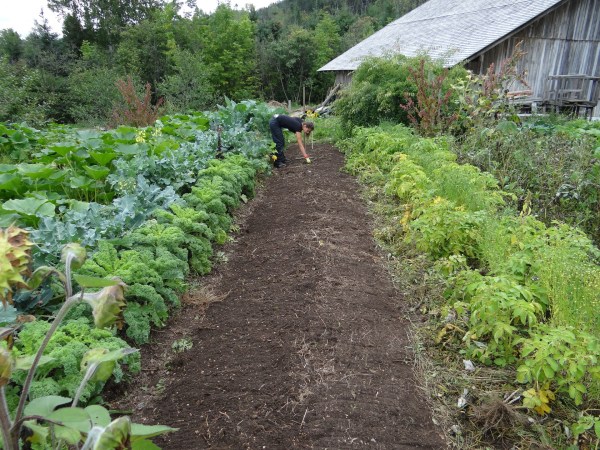
What is an ecological and sustainable garden?
One of the main characteristics of organic orchards and gardens is the absence of synthetic chemical products. In an organic garden, chemicals cannot be used to fight against pests and diseases, or to fertilize or improve the soil, so… Be careful what you buy!
In the post « How to Cultivate an Organic Garden in 8 Steps « we saw the first steps to make a garden: choose the crops, the cultivation containers, the tools you need and plan the garden with ecological techniques such as rotation or planting. crop association. Today we will go a little further with keys so that the garden is also an ecological and sustainable garden.
The term «sustainable» derives from the concept «Sustainable Development», defined for the first time by the United Nations in the Brundtland Report (1987) as:
Development that meets the needs of present generations without compromising or destroying resources that can meet future needs
Sustainability has to do with preserving and caring for resources and the environment, but it also encompasses the economic and social spheres.
Therefore, in a sustainable garden, techniques are used that save resources: water, space, money, energy…
Objectives of the ecological and sustainable garden
An ecological and sustainable garden should have objectives such as:
- preserve biodiversity
- Reduce maintenance work
- recycle and reuse
- Recycle vegetable waste from the orchard and garden
- Save water
- harness the sun’s energy
- Use less polluting machinery
- Reduce the cost of installation and maintenance of the orchard.
Although they have many things in common, a sustainable garden does not have to be also an organic garden: in sustainable agriculture the use of chemical products is not prohibited, but their use is reduced to those occasions that are strictly necessary and within certain limits.
Perhaps all this seems a bit theoretical to you… a bit boring… We will see below the «translation» of the above, specifying what are the best organic techniques to create an ecological and sustainable garden.
How to make an ecological and sustainable garden
Biodiversity is one of the foundations of sustainable agriculture. We increase biodiversity when we have different types of plants in the garden. The presence of different species will cause a diversity of microorganisms to proliferate in the soil, which is good for the balance and fertility of the substrate.
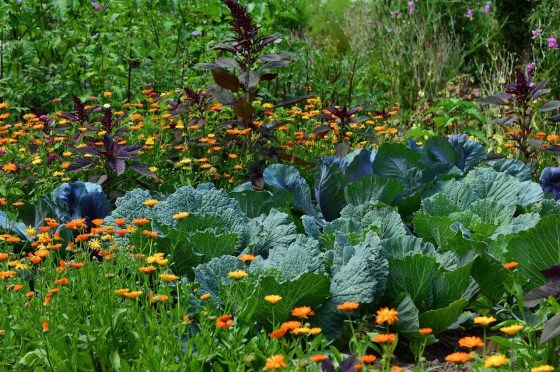
To increase the biodiversity of the garden, it is necessary to plant leafy vegetables mixed with bulb vegetables, fruit vegetables, aromatic vegetables that avoid pests and enhance the flavor of the garden plants, flowers, wild fruits or hedges that attract beneficial insects… (In the post What plants to grow in the garden you have more ideas and examples of plants for the organic garden).
As we saw in the article on recycled materials in the urban garden, in sustainable gardens, containers are reused to make pots or seedbeds, old ropes to make stakes or wooden pallets to delimit the terraces or to make a homemade compost bin.
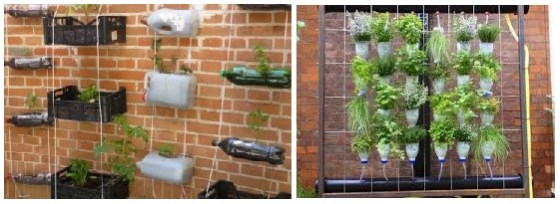
It is also important to reuse and make good use of natural resources (such as water or the sun). To save water, one of the most suitable irrigation systems is drip irrigation. It can also be reused using methods like the ones Sandra told us about in the post Reusing rainwater. In addition, to take advantage of the sun’s energy, in some organic gardens solarization is used to disinfect the soil, another valid ecological technique for a sustainable garden.
In addition, in an ecological and sustainable garden, vegetable waste from the garden and garden is also recycled. You can make homemade compost using the organic remains of the garden or make mulching or vegetable covers with them.
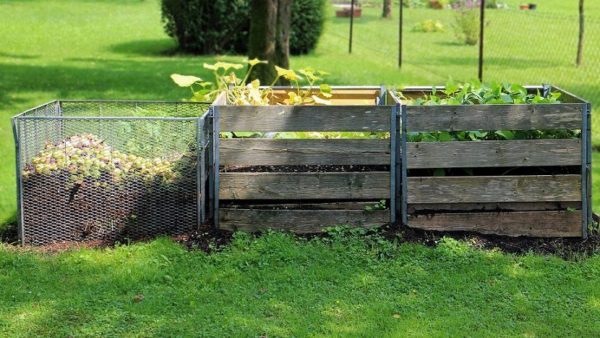
To reduce the cost of garden maintenance and take care of the environment and the soil, the massive use of pesticides or chemical fertilizers must be avoided. Before having to use chemical treatments to eradicate strong pests or serious diseases, it is necessary to try to prevent them as much as possible through techniques such as crop rotation and association, or prevention with natural methods. If they do appear, integrated control techniques are used in organic gardens to control them without using chemicals (traps, home remedies, natural enemies…).
These are just some things we can do to have a sustainable garden… Have you tried any or do you know of other ecological techniques?
References
- Guiberteau Cabanillas, A., & Lagrador Moreno, J., 1991. Cultivation Techniques in Organic Agriculture. Disclosure Sheets No. 8/91. IRYDA, Ministry of Agriculture, Fisheries and Food (Spain).
- Altieri, MA et al., 2012. Green Agriculture: Agroecological Foundations for Designing Biodiverse, Resilient, and Productive Agricultural Systems. Agroecology Journal, Vol. 7 (1), p. 7-18.
- Pérez, G. & Velázquez, C. 2013. Sustainable urban garden. Ed. Mundiprensa. ISBN: 9788484765486.
- El-Hage Scialabba, N., 2013. Organic Agriculture’s Contribution to Sustainability. FAO Organic Agriculture Program.
- Latin American Scientific Society of Agroecology, 2015. Agroecology: key concepts, principles and practices. Ed. SOCLA & Third World Network. ISBN: 978-967-0747-11-8



![Photo of Sow Bugs (Porcellio scaber): [Characteristics, Detection, Effects and Treatment]](https://www.complete-gardening.com/wp-content/uploads/2022/08/sow-bugs-porcellio-scaber-characteristics-detection-effects-and-treatment-278x220.jpg)
